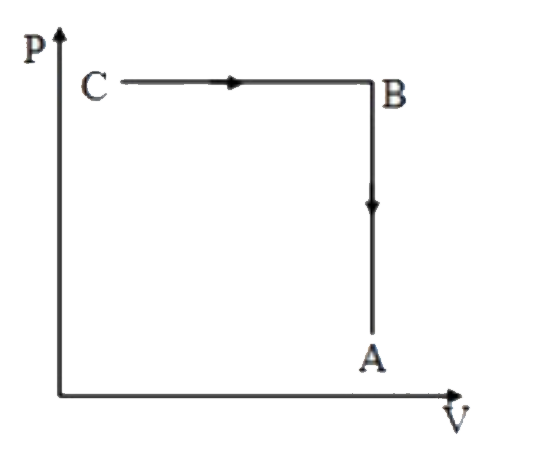A sample of 2kg of monoatomic helium (assumed ideal) is taken through the process ABC and another sample of 2kg of the same gas is taken through the process ADC as shown in figure-3.14. Given, molecular mass of helium = 4.

Is there any way of telling afterwards which sample of helium went through the process ABC and which went through the process ADC ? Write yes or no.
Since the gas is taken from same initial state to same final state C no matters whatever be the path, the answer is No.
Topper's Solved these Questions
- BOOK - PHYSICS GALAXY - ASHISH ARORACHAPTER - THERMODYNAMICS LAWS & SPECIFIC HEATS OF GASES EXERCISE - Discussion Question17videos
THERMODYNAMICS LAWS & SPECIFIC HEATS OF GASES
- BOOK - PHYSICS GALAXY - ASHISH ARORACHAPTER - THERMODYNAMICS LAWS & SPECIFIC HEATS OF GASES EXERCISE - Conceptual MCQs Single Option Correct21videos
THERMODYNAMICS LAWS & SPECIFIC HEATS OF GASES
- BOOK - PHYSICS GALAXY - ASHISH ARORACHAPTER - PHOTOELECTRIC EFFECT AND MATTER WAVESEXERCISE - Unsolved numerical problems42videos
PHOTOELECTRIC EFFECT AND MATTER WAVES
- BOOK - PHYSICS GALAXY - ASHISH ARORACHAPTER - WAVE OPTICSEXERCISE - Unsolved Numerical Problems28videos
WAVE OPTICS
Similar Questions
Knowledge Check
- Question 1 - Select One
Ideal gas is taken through the process shown in the figure :
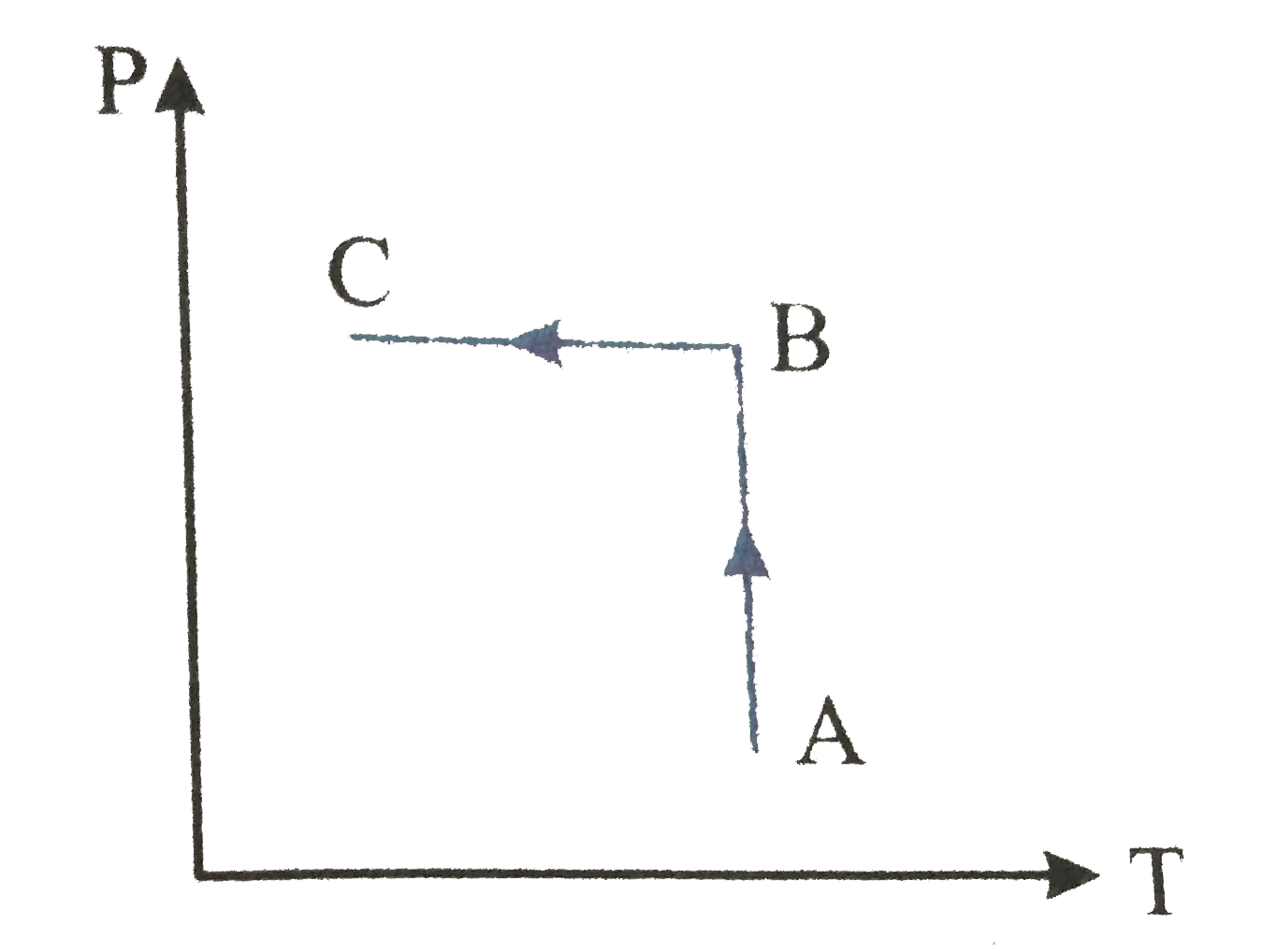 Ain process AB, work done by system is positiveBin process AB, heat is rejectedCin process AB, internal energy increasesDin process AB internal energy decreases and in process BC, internal energy increases.
Ain process AB, work done by system is positiveBin process AB, heat is rejectedCin process AB, internal energy increasesDin process AB internal energy decreases and in process BC, internal energy increases. - Question 2 - Select One
Ideal gas is taken through process shown in figure :
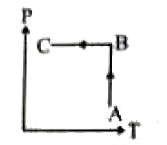 AIn process AB. work done by system is positiveBIn process AB, heat is reacted out of the system.Cprocess AB, internal exergy increasesDIn process AB internal energy decreases and in process BC Internal energy increases.
AIn process AB. work done by system is positiveBIn process AB, heat is reacted out of the system.Cprocess AB, internal exergy increasesDIn process AB internal energy decreases and in process BC Internal energy increases. - Question 3 - Select One
Ideal gas is taken through process shown in figure
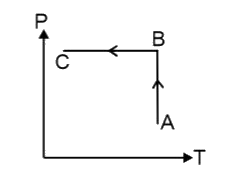 Aln process AB, work done by system is positiveBIn process AB, heat is rejected out of the system.CIn process AB, internal energy increasesDIn process AB internal energy decreases and
Aln process AB, work done by system is positiveBIn process AB, heat is rejected out of the system.CIn process AB, internal energy increasesDIn process AB internal energy decreases and
in process BC internal energy increases
Ideal gas is taken through the process shown in the figure :
 View Solution
View SolutionA sample of 2 kg of monatomic helium (assumed ideal) is taken through the process ABC another sample of 2 kg of the same gas is taken through the process ADC as shown in Fig. Given molecular mass of helium = 4.
a. What is the temperature of helium in each of the states A, B, C and D ?
b. Is there any way of telling afterwards which sample of helium went through the process ABC and which went through the process ADC ? Write yes or no.
How much is the heat involved in each of the process ABC and ADC ?
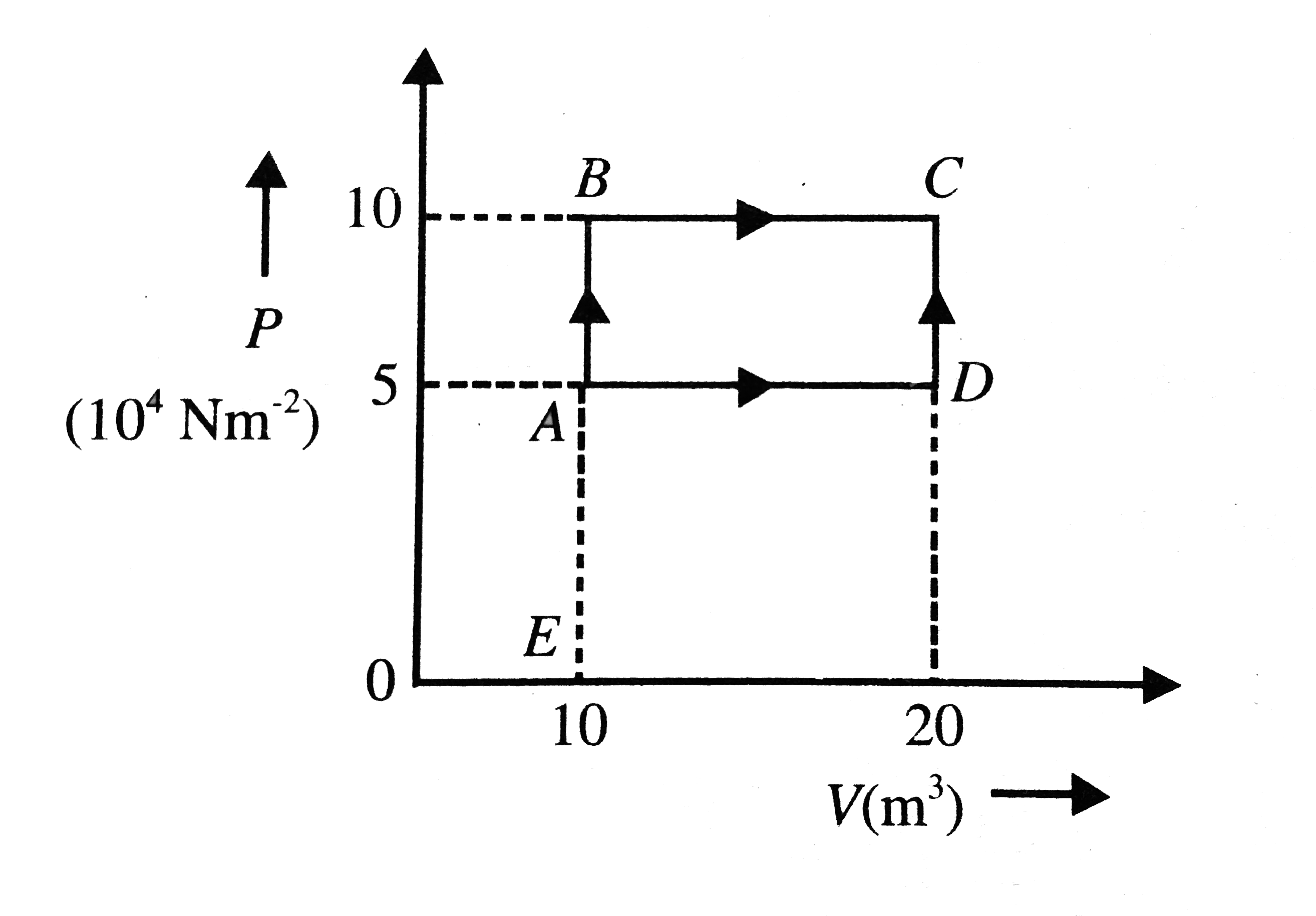 View Solution
View SolutionA sample of 2 kg of monatomic helium (assumed ideal) is taken through the process ABC another sample of 2 kg of the same gas is taken through the process ADC as shown in Fig. Given molecular mass of helium = 4.
a. What is the temperature of helium in each of the states A, B, C and D ?
b. Is there any way of telling afterwards which sample of helium went through the process ABC and which went through the process ADC ? Write yes or no.
How much is the heat involved in each of the process ABC and ADC ?
 View Solution
View SolutionA sample of 2 kg monoatomic helium (assumed ideal ) is taken from A to C through the process ABC and another sample of 2 kg of the same gas is taken through the process ADC (seefig). Given molecular mass of helium = 4.
_E01_268_Q01.png)
(i) What is the temperature of helium in each of the states A,B,C and D?
(ii) Is there any way of telling afterwards which sample of helium went through the process ABC and which went through the process ADC? Write Yes and No.
How much is the heat involved in the process ABC and ADC?View SolutionA sample of 2 kg monoatomic helium (assumed ideal ) is taken from A to C through the process ABC and another sample of 2 kg of the same gas is taken through the process ADC (seefig). Given molecular mass of helium = 4.
_E01_268_Q01.png)
(i) What is the temperature of helium in each of the states A,B,C and D?
(ii) Is there any way of telling afterwards which sample of helium went through the process ABC and which went through the process ADC? Write Yes and No.
How much is the heat involved in the process ABC and ADC?View Solution


